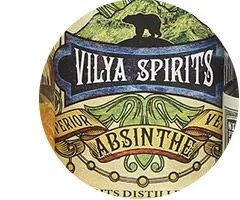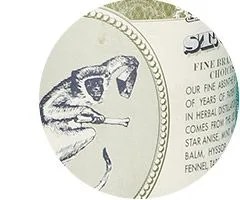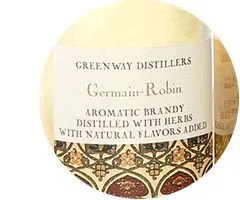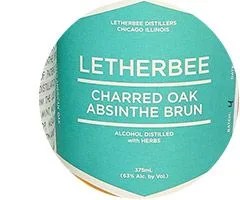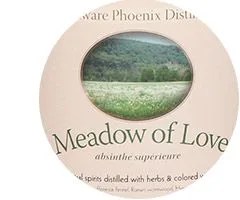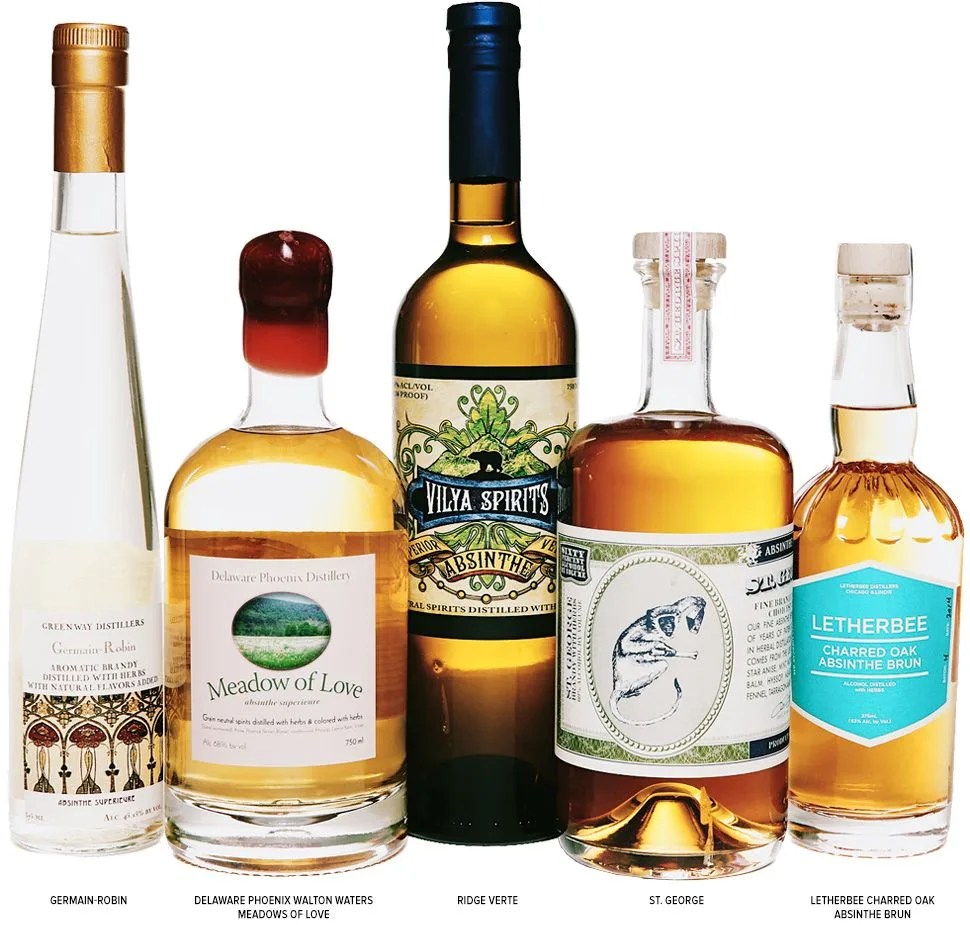
Over the last two and a half centuries, absinthe has divided opinions and earned quite the rap sheet. Accused of being addictive and psychedelic, the spirit has been outlawed almost everywhere at one point or another. When a Swiss man murdered his family in the early 20th century, absinthe was blamed and subjected to global vilification. On the flip side, its herbal flavors were praised as medicinal and it was (falsely) believed to help fight off diseases such as malaria. The truth is, absinthe has always been something of an enigma.
Even as it experiences a modern renaissance, the stuff is still mired in ambiguity. On a basic level, it’s a highly alcoholic anise-based drink. Most absinthe is made roughly the same way: a variety of minced herbs steep in approximately 85 percent alcohol, which is distilled, colored or flavored using more herbs, and then diluted to 55 to 75 percent alcohol (which is still extremely potent). Since absinthe production in most countries doesn’t have strict guidelines (unlike brandy, gin and whiskey), distillers have artistic freedom to ensure that no two spirits taste alike. It’s even distilled using a wide range of alcohols, from brandy to bourbon and more.
Today absinthe is legal to drink all over Europe, in China and throughout most of South America. The U.S. lifted its absinthe ban in 2007. Like anything new, absinthe excites us, but it also requires some insight from the pros. We’ve asked Will Elliott of Maison Premiere, an absinthe bar in New York, to point us in the right direction. He’s suggested a handful of his favorite absinthes and offered his preferred method for drinking them.
*Note: There are many ways to drink absinthe. As a general rule, dissolve a sugar cube in a mixture of one part absinthe and three parts water. Here’s our full guide to drinking absinthe.
OTHER ALCOHOL FROM FAR, FAR AWAY: The Five Best 12 Year Old Japanese Whiskies | A Visit to Highland Park Distillery | 7 Vodkas From Around the World

